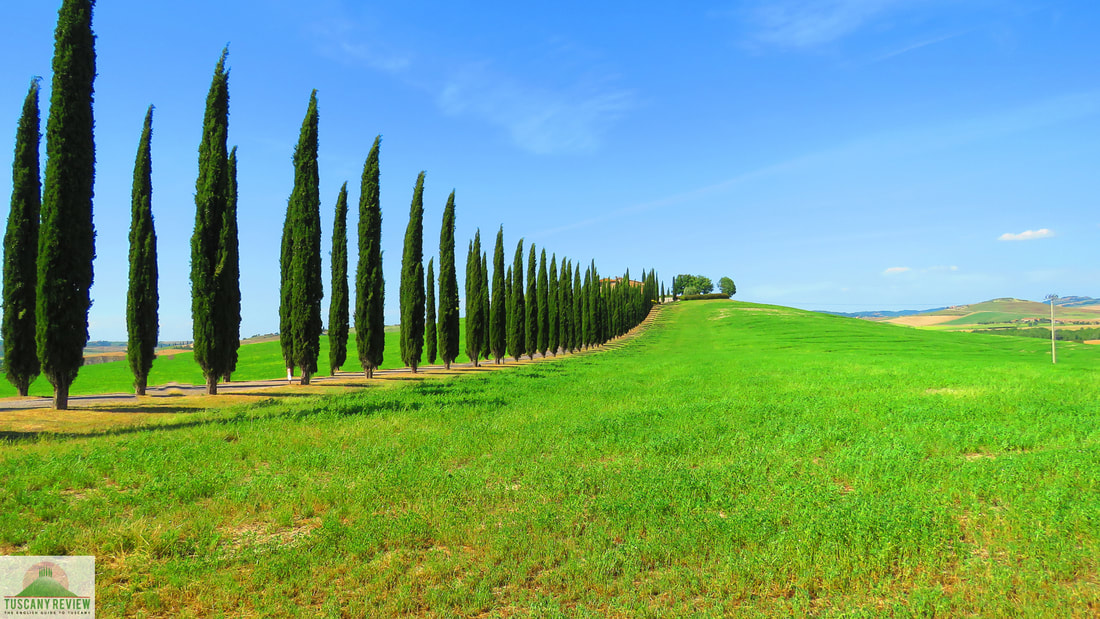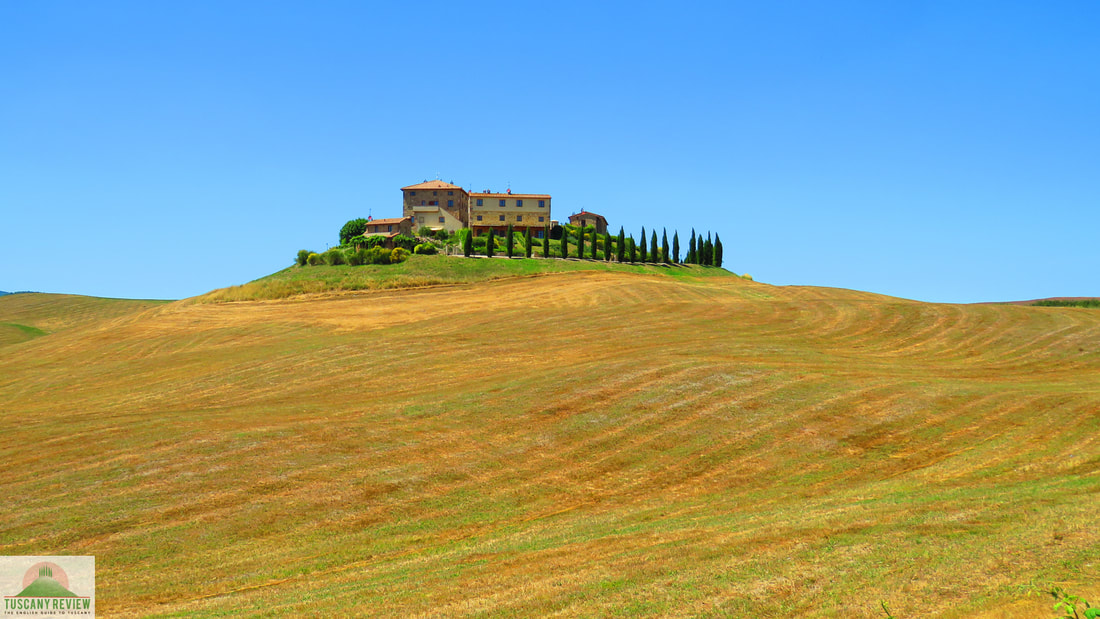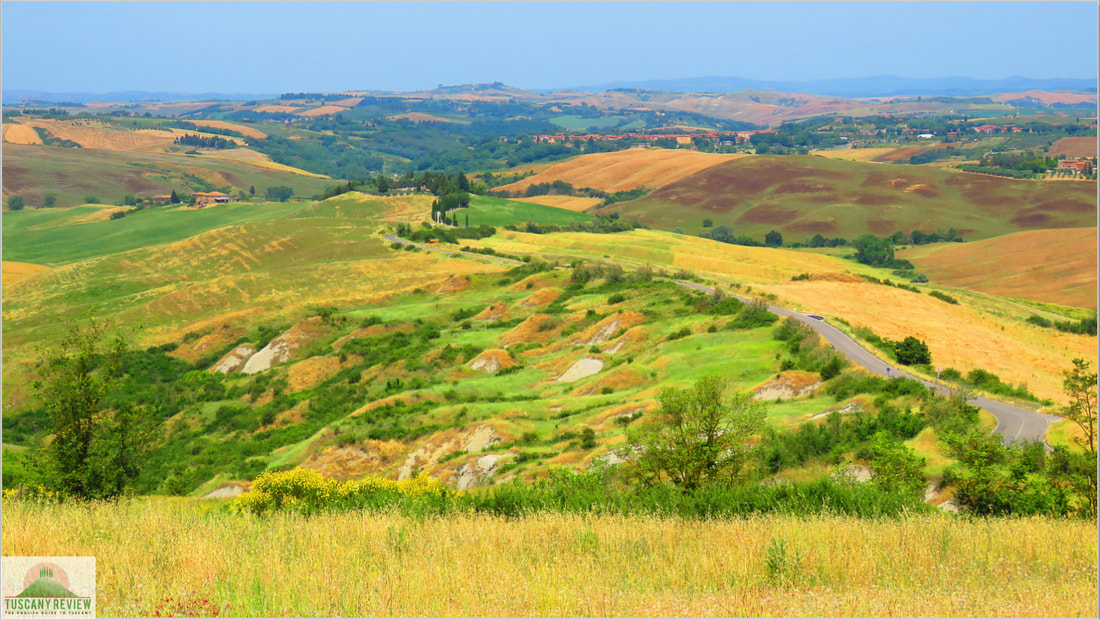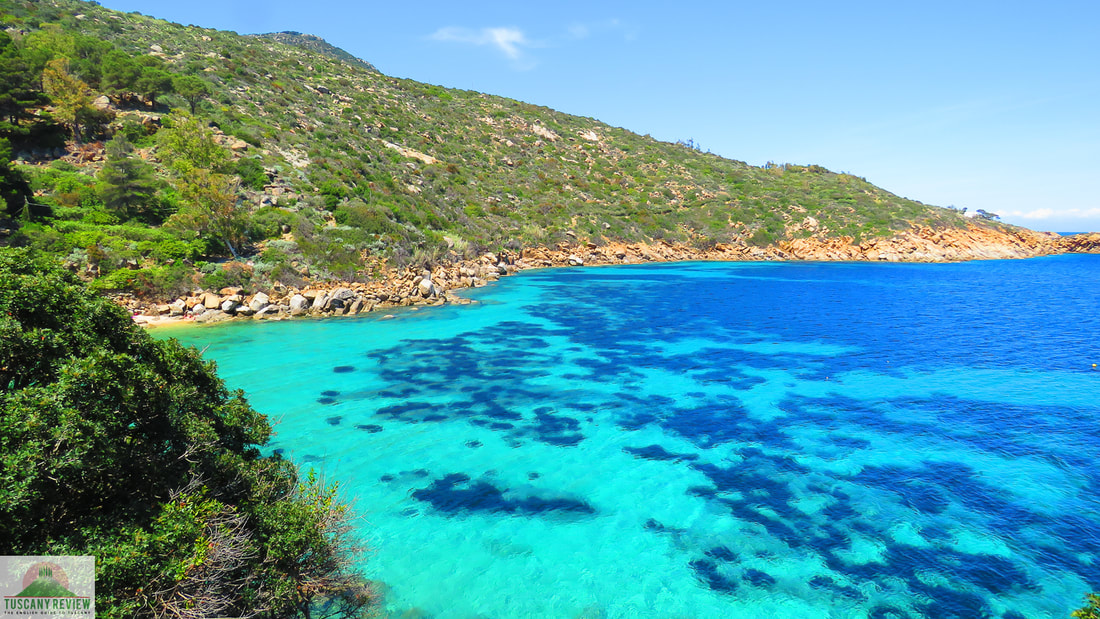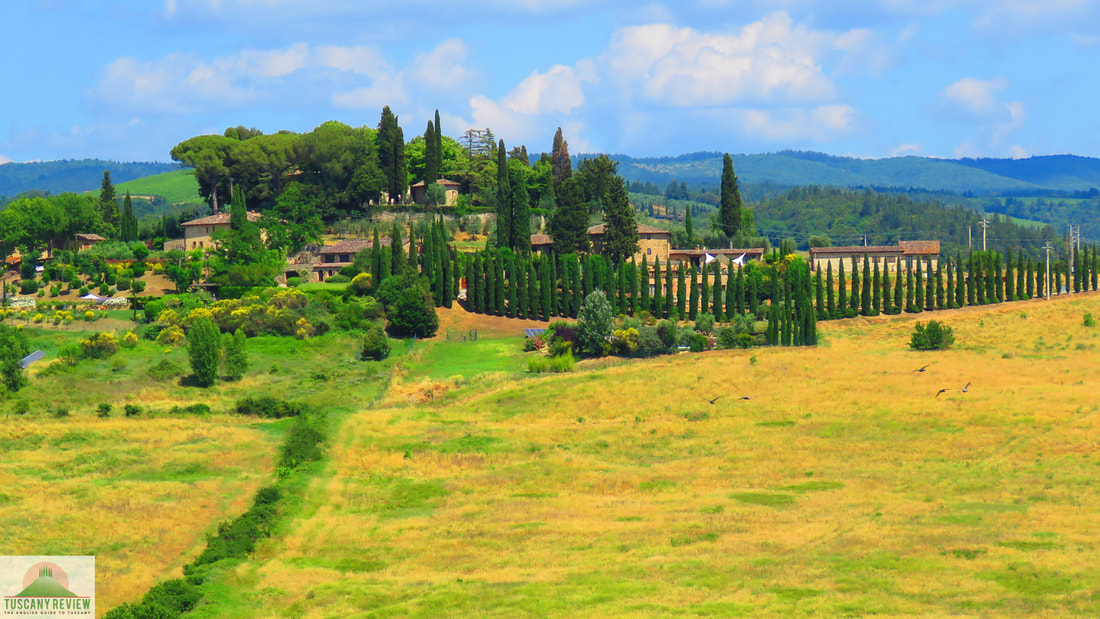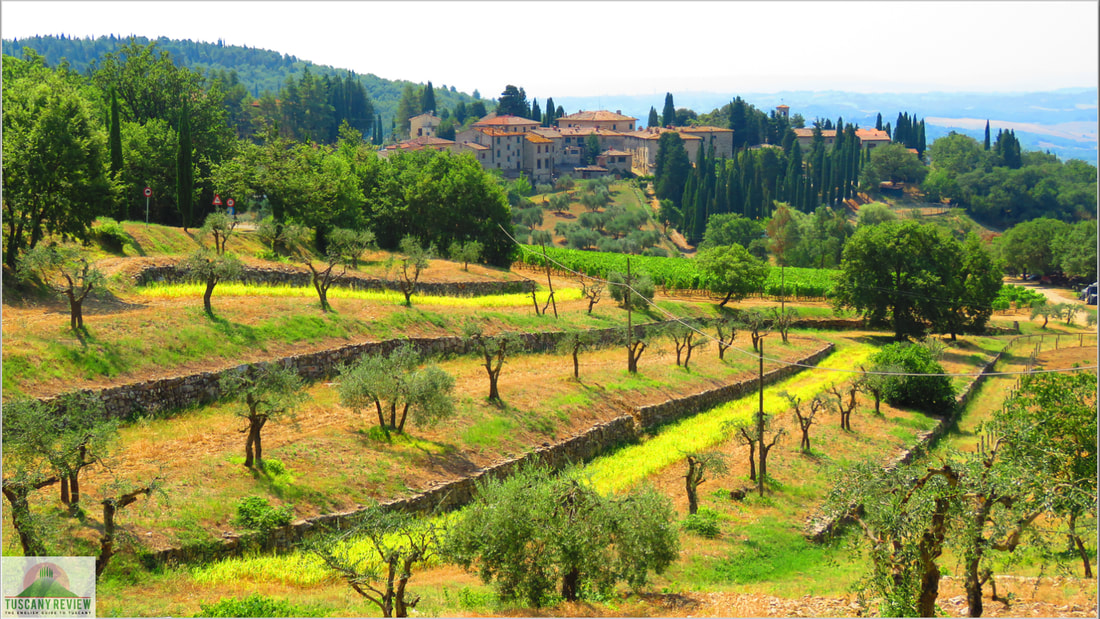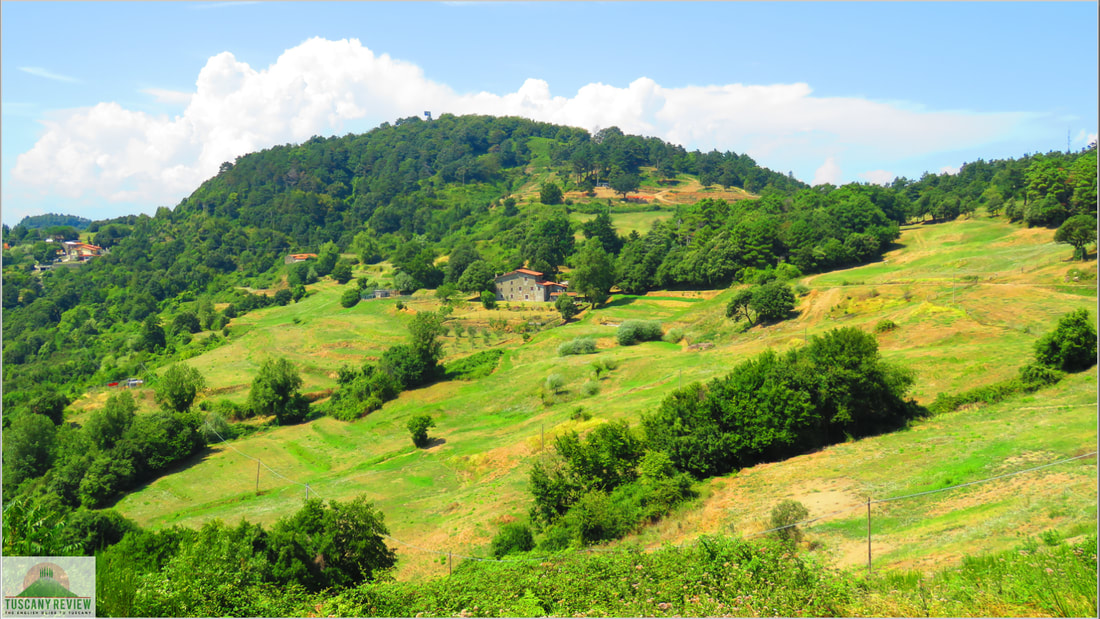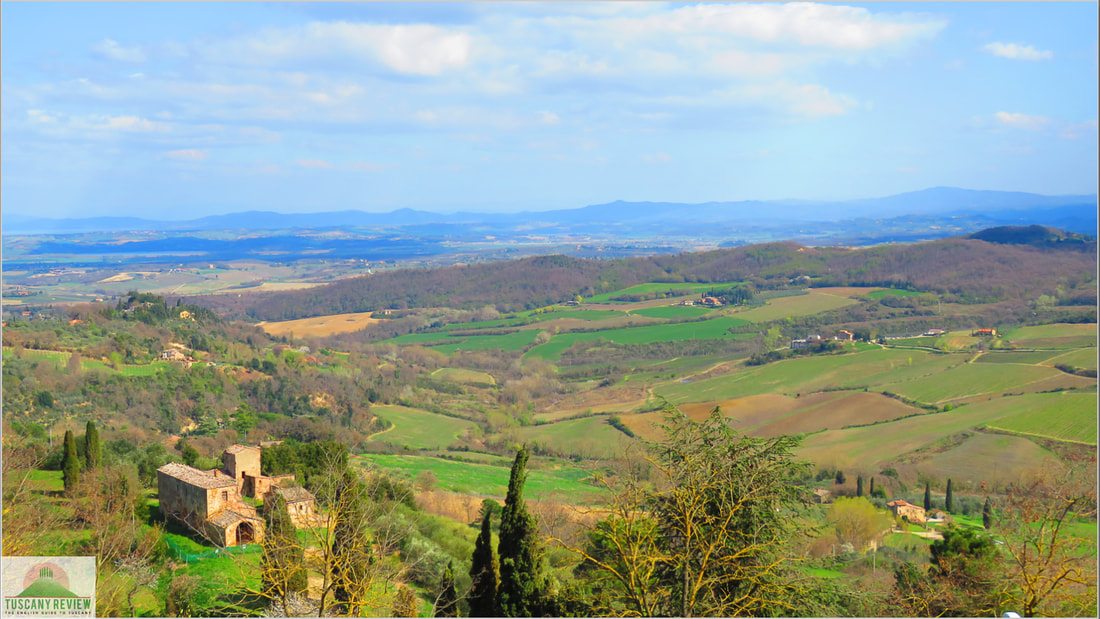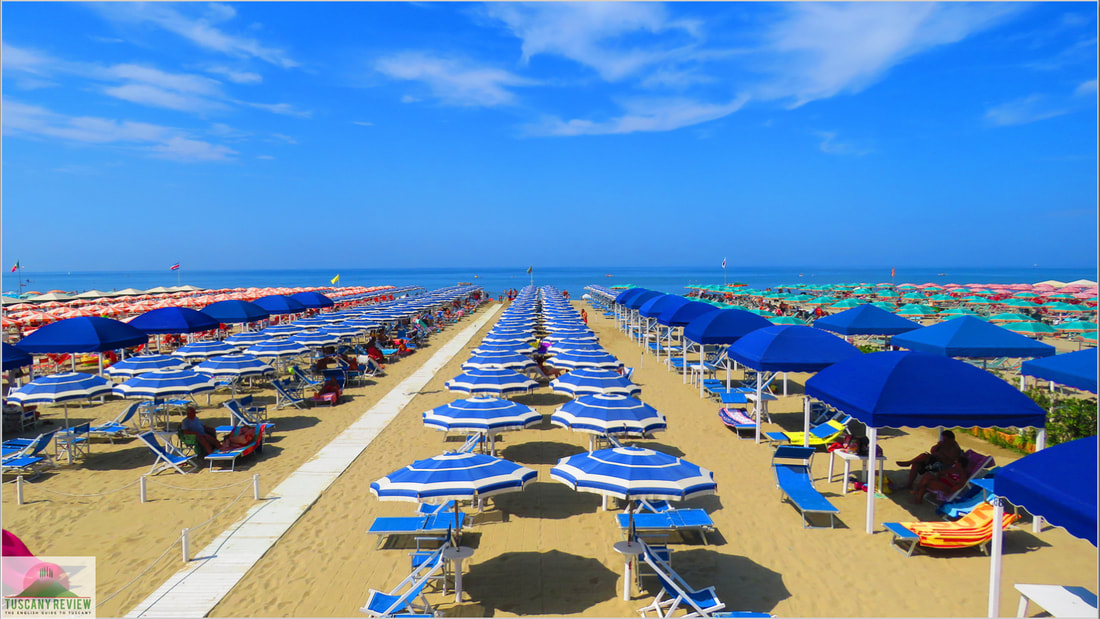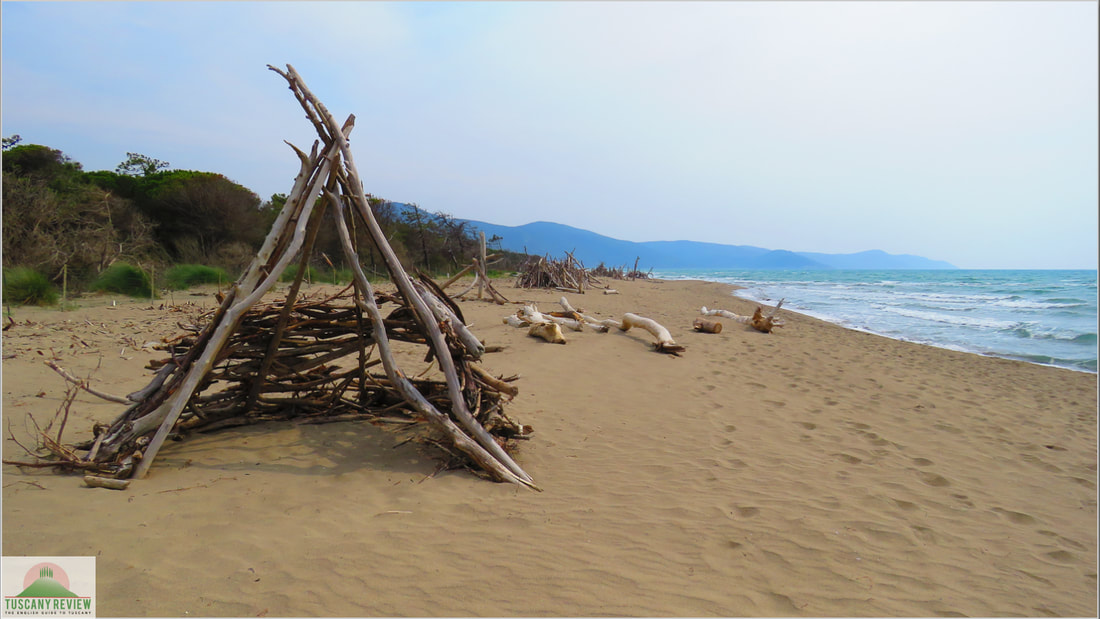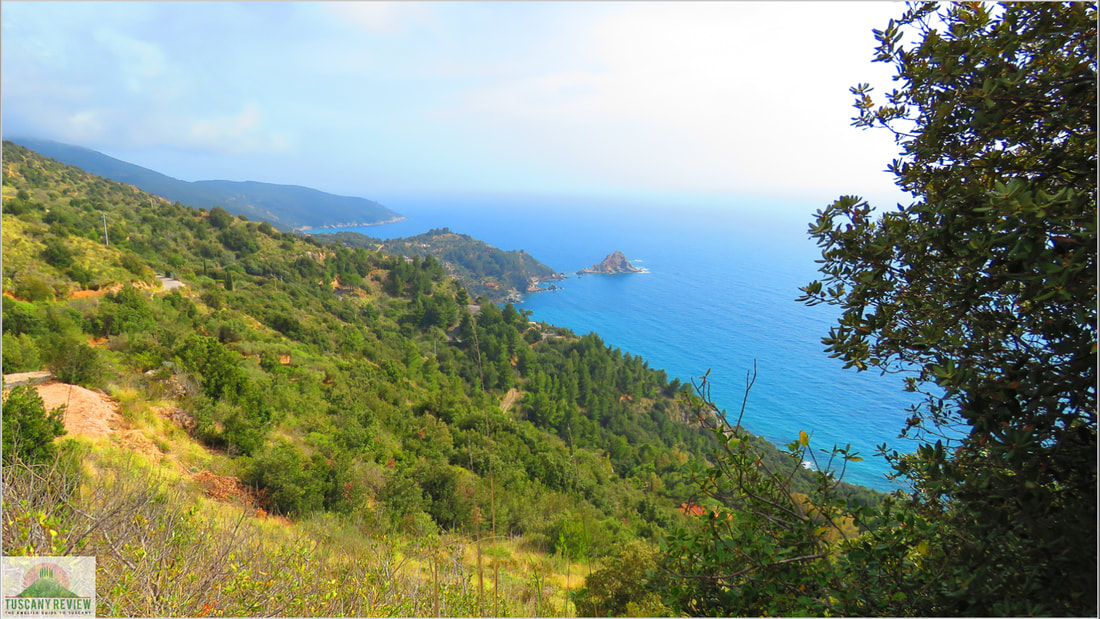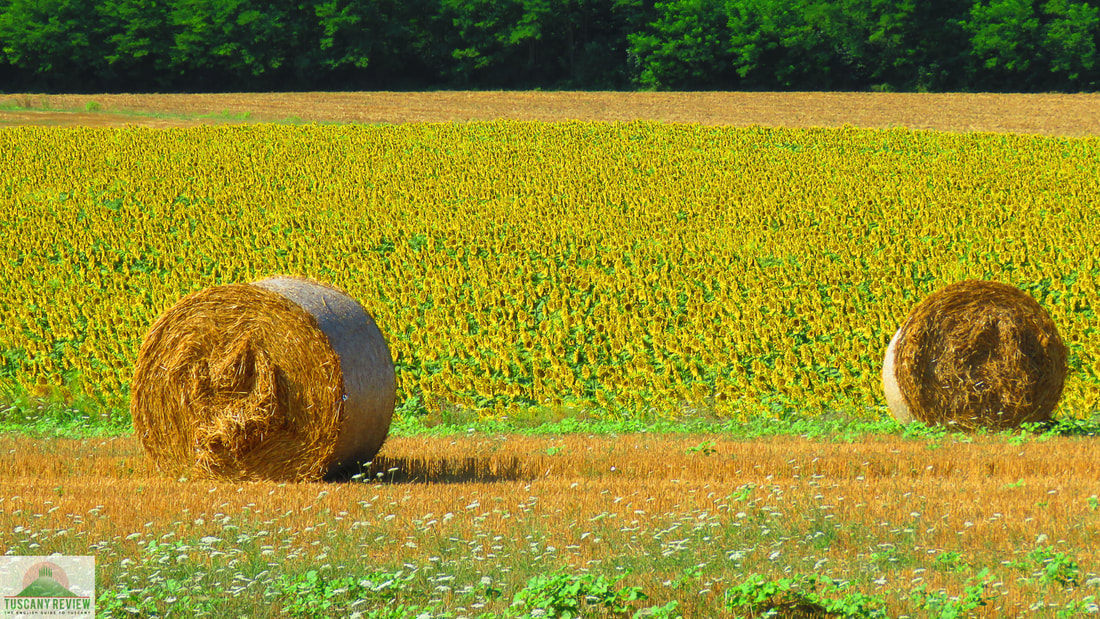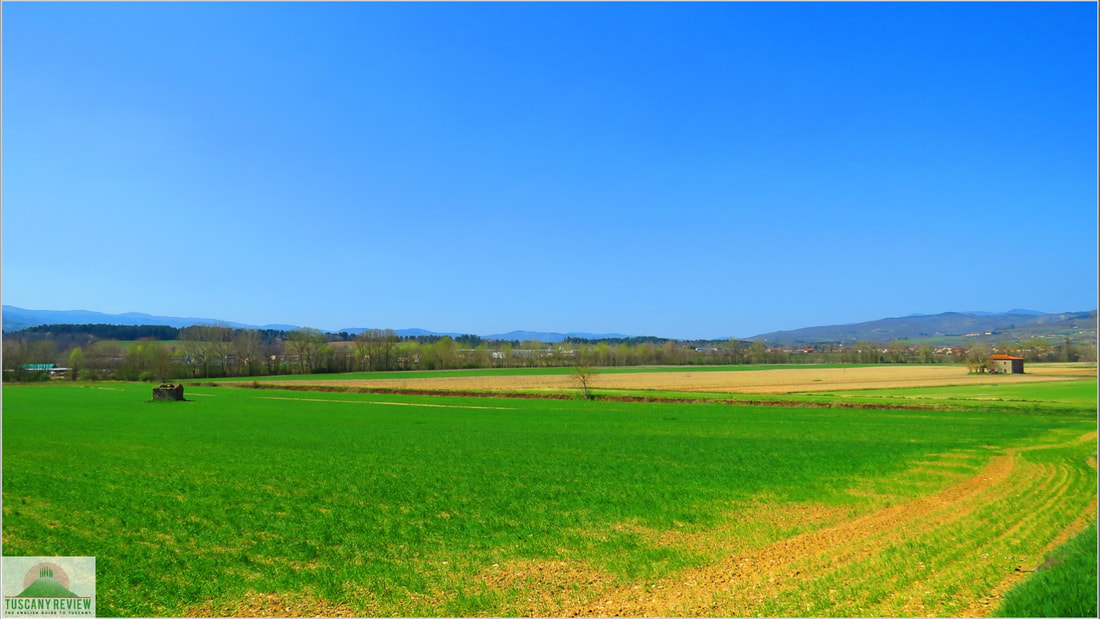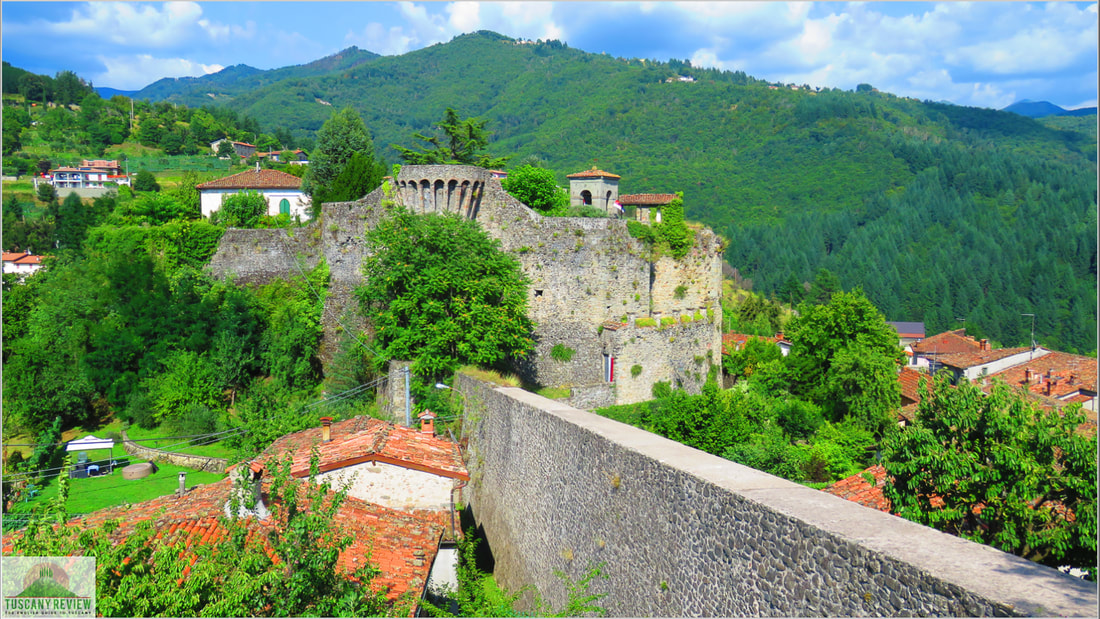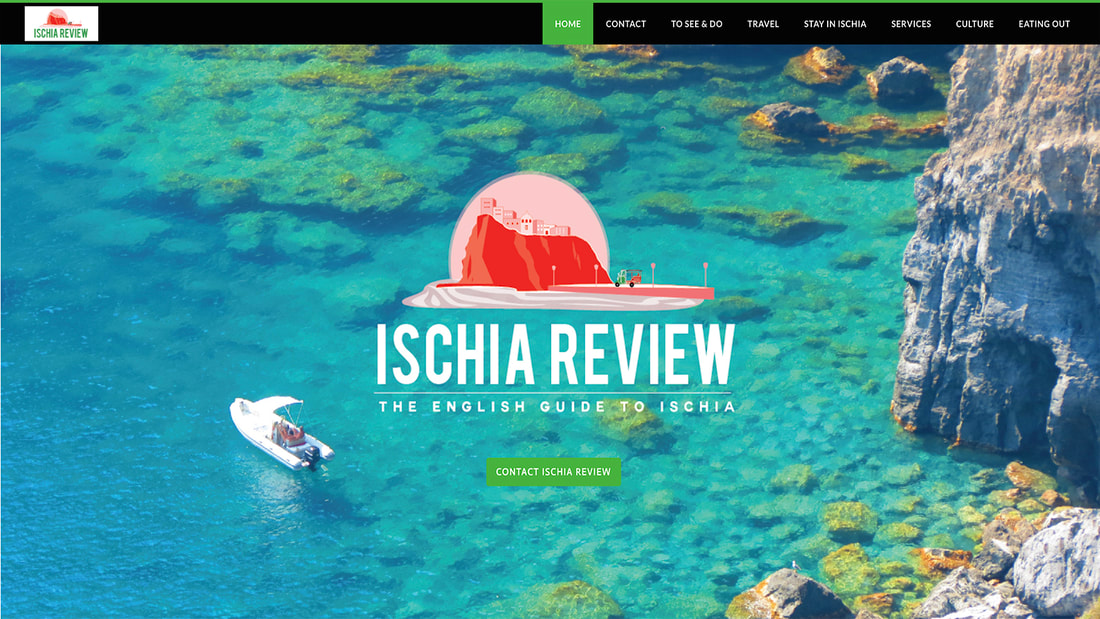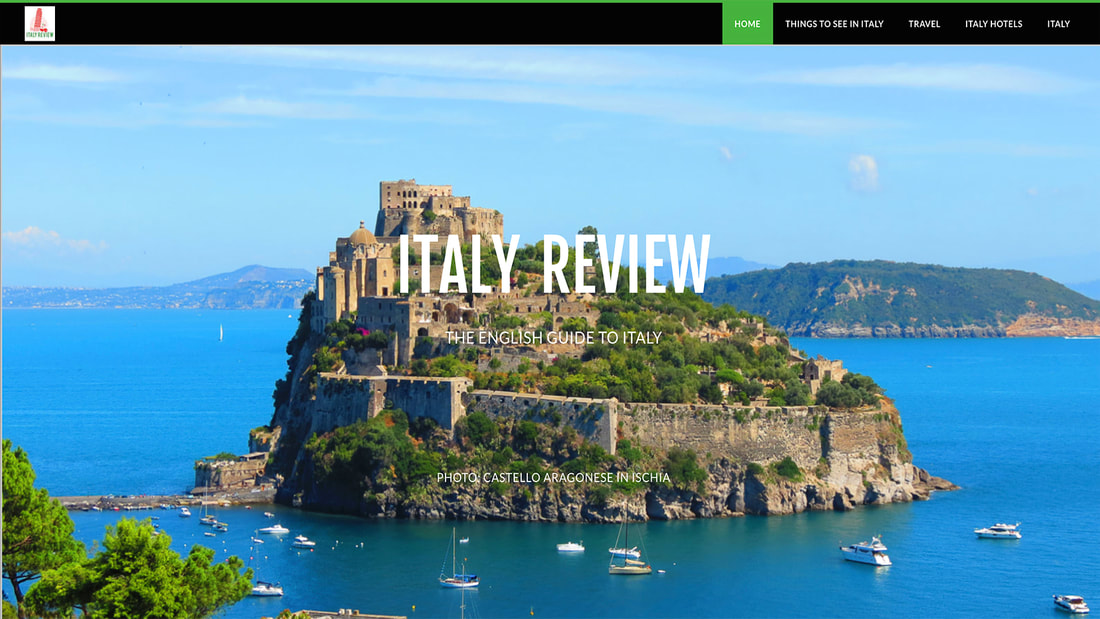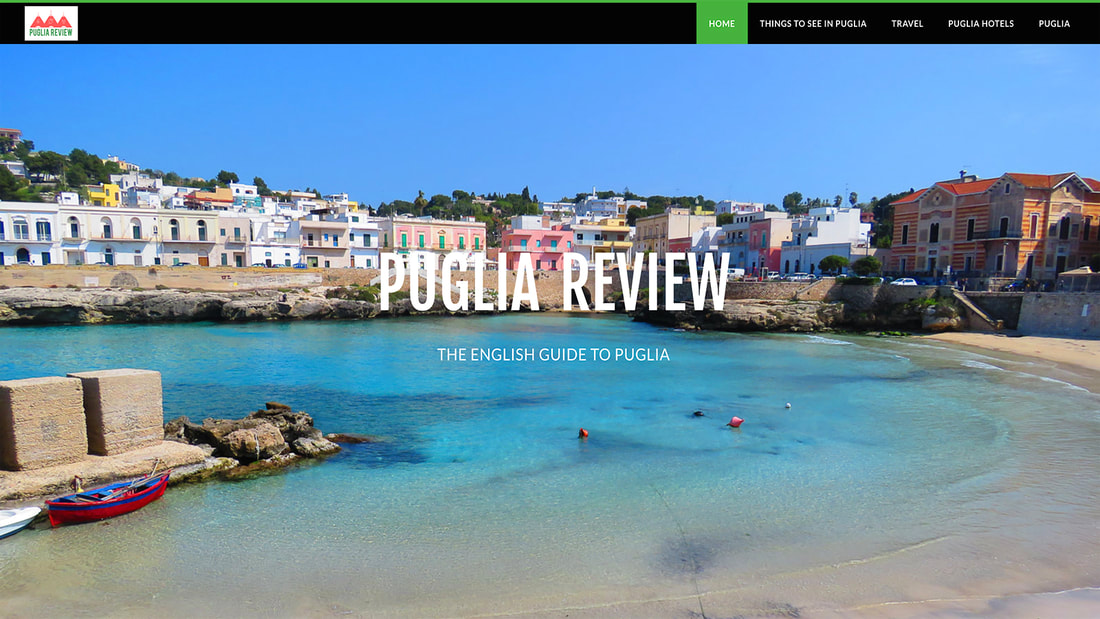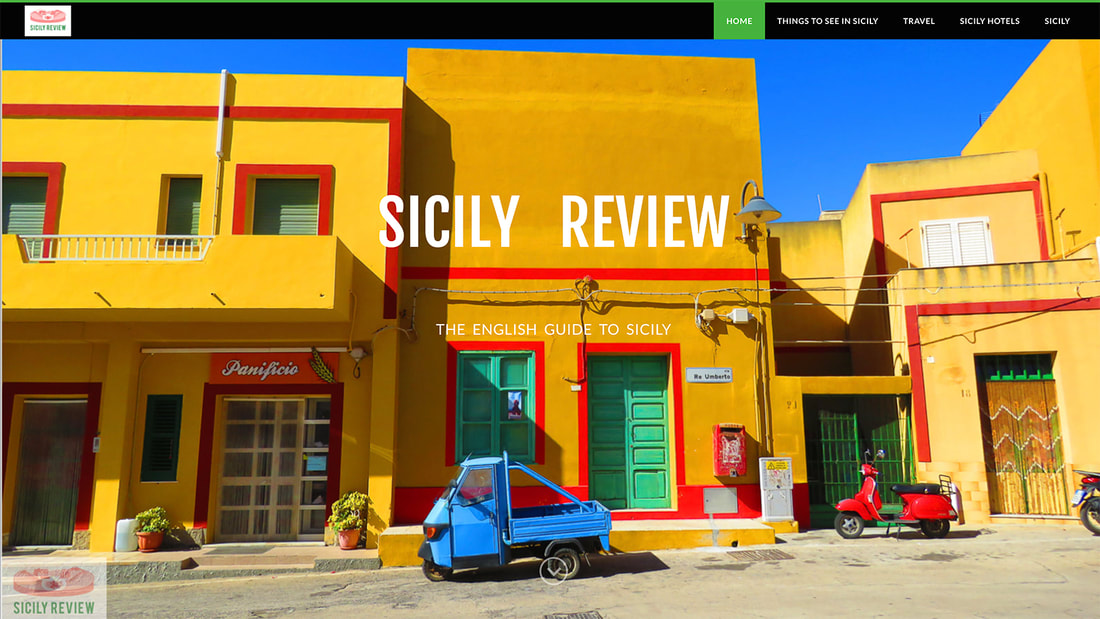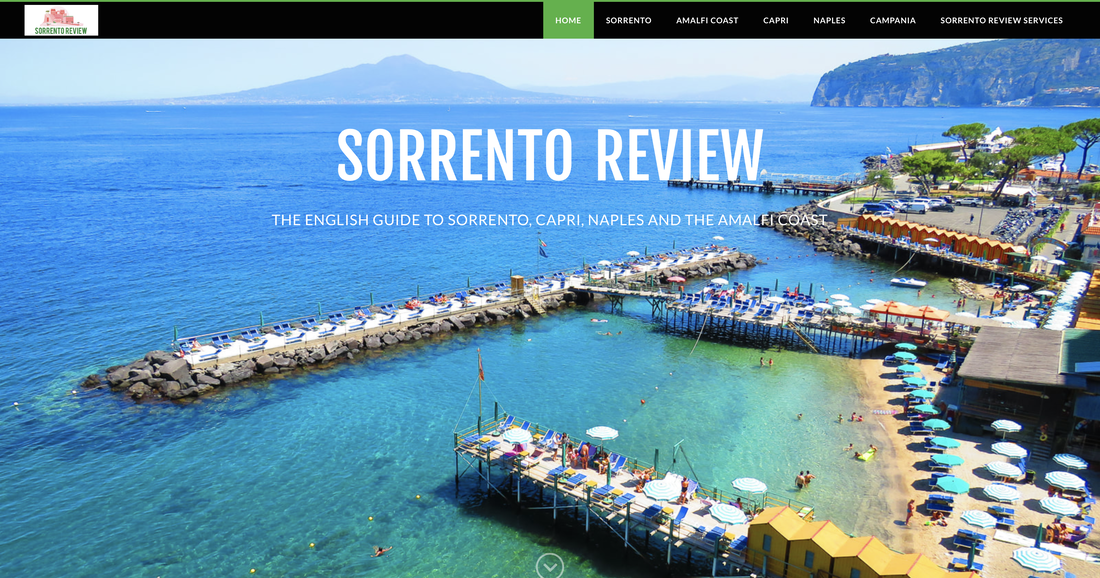Regions of Tuscany
|
Latest update: 18 February 2024
|
By Dion Protani
|
|
The valley and coastal regions of Tuscany provide some of the most breathtaking scenery and beguiling holiday locations that the region has to offer. The Val d'Orcia is a UNESCO World Heritage Site and its rolling hills seamed together with cypress trees is the quintessential image of Tuscany that is so enticing.
Chianti is a region famous for its wines and it too has some dramatic landscapes of undulating hills peppered with vineyards. Versilia and Maremma are the two main coastal areas of Tuscany where many of the regions beaches and islands can be found. |
Related links

